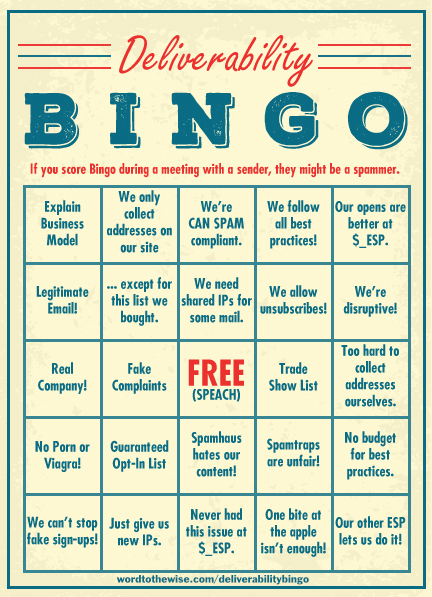Yesterday, after 5pm, I was so happy. I was telling folks to have a great weekend. To take time off and relax. Have fun! Don’t work! Enjoy the weather!
Then someone pointed out it was only Thursday.
But! I got up this morning and got lots of happy Facebook notifications from friends about how TODAY was Friday. I was ready to have an awesome and productive day and go into the weekend with a clean todo list and a well planned next week.
Then I broke my mail client. Trying to add an attachment would crash everything. That got fixed that somewhere around noon.
So! I’ll just grab some lunch and get ready for a productive afternoon!
Then I broke finder.

Yes, that is a picture of my 27 inch monitor with hundreds of Windows opening. I was trying to delete some of the 39,000 .jpgs from my mail client. My finger slipped on the trackpad, though, and instead of “move to trash” I clicked “show in containing folder.” Ooops. I finally crashed finder manually and it restarted and didn’t try and reopen all the windows.
OK. Fine. I’ll go to the bank and pick up mail and drop off tax (ugh, ow) payments.
On the way there, construction screwed up traffic and it took me more than 20 minutes to go 2 miles. (It’s not a safe place to walk, or I would have). On the way back, I went the Other Way. Only to discover a firetruck across 4 lanes of traffic and half a dozen cop cars showing up to a very recent accident.
Then, while writing this blog post I managed to somehow move widgets around and lose them on the wordpress editor.
Apparently I should have taken my friend’s advice and just decided today was not a work day. Because, wow, was it a mess. What all this means is I’m not going to try and blog anything substantial. I’d probably make some total boneheaded mistake and that wouldn’t be any good.
Instead, I will share the song KFOG played every Friday at 5pm (before Cumulus decided to fire everyone). Because I am really in the need of this week to be over.
Have a good weekend. Next week will be better!
Read More


